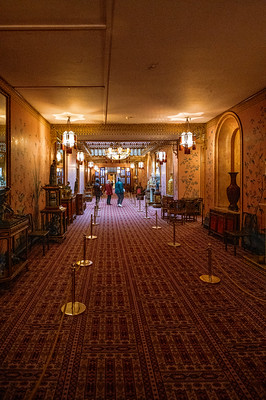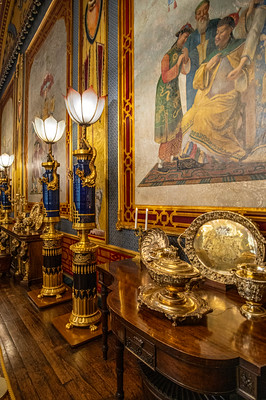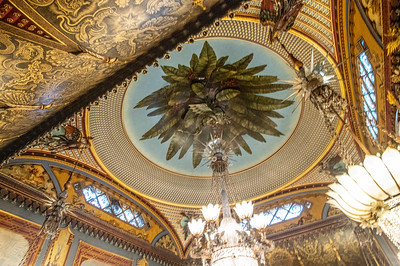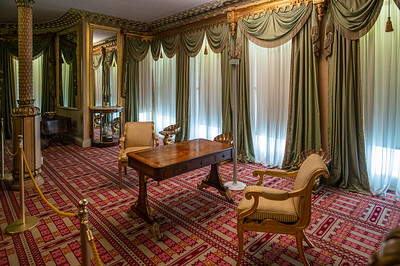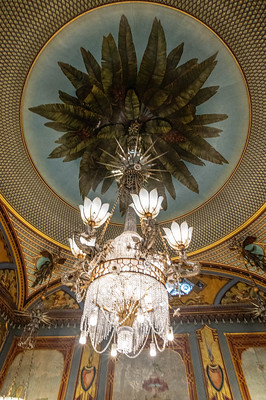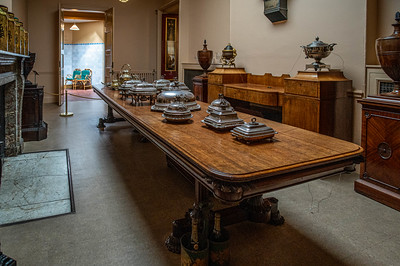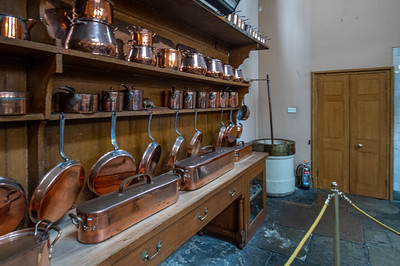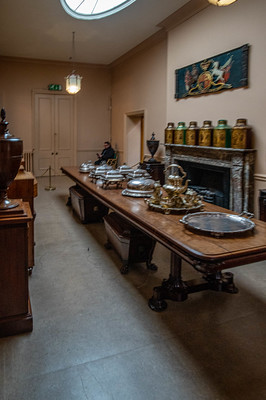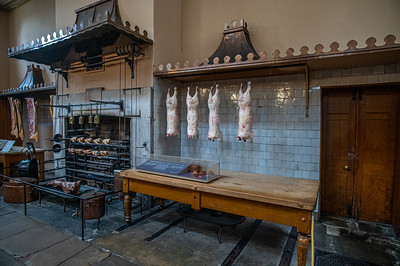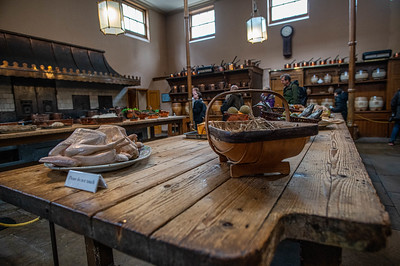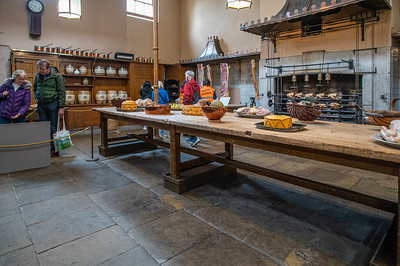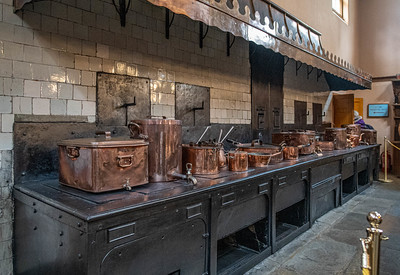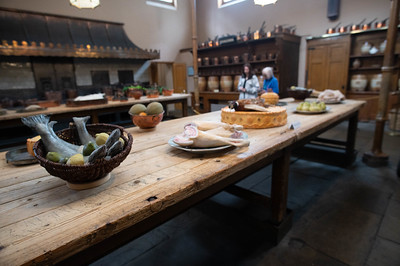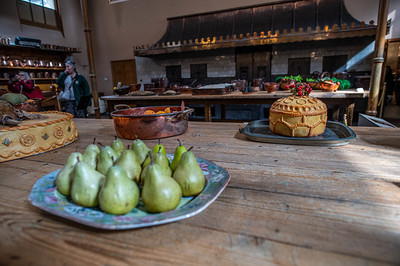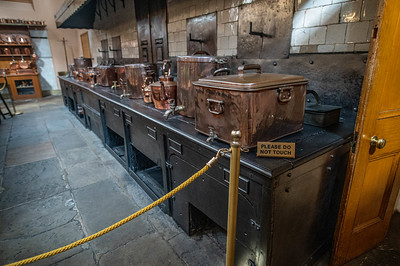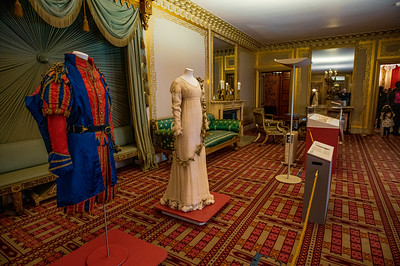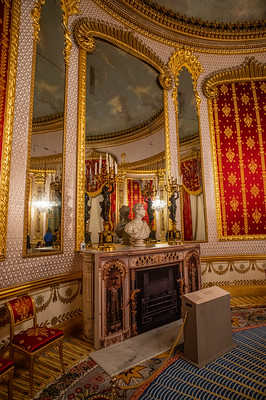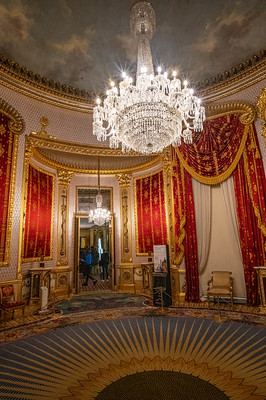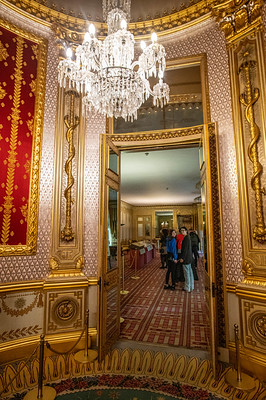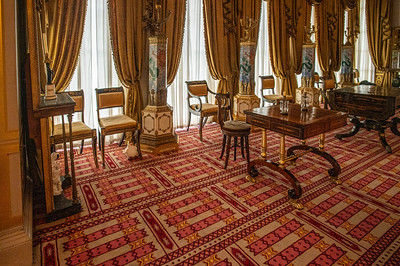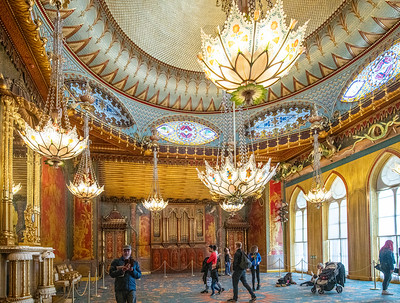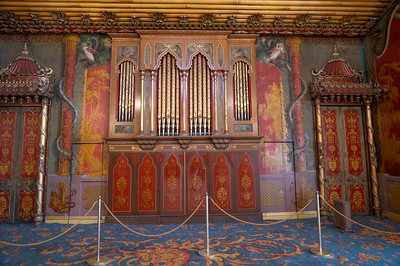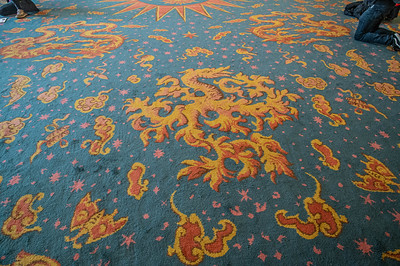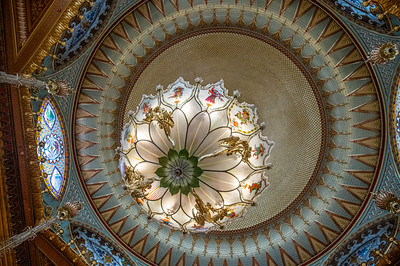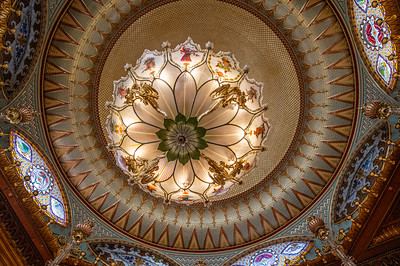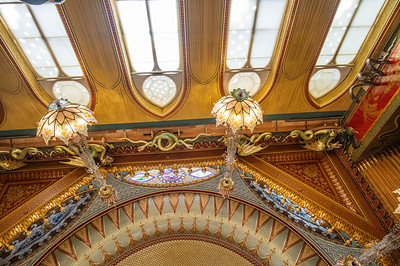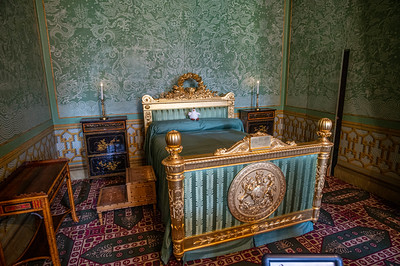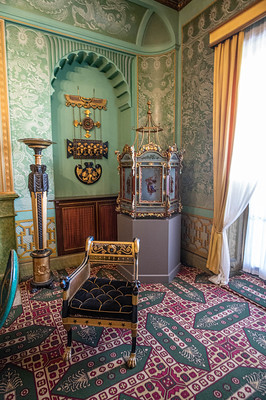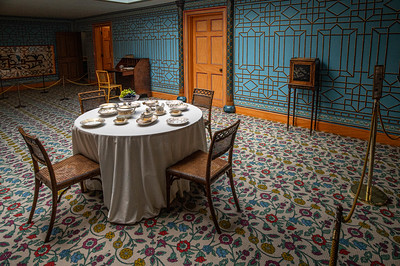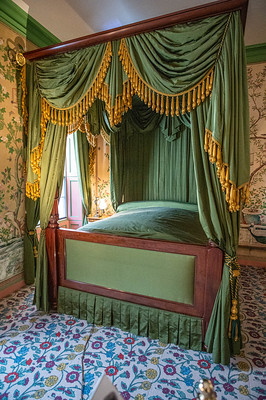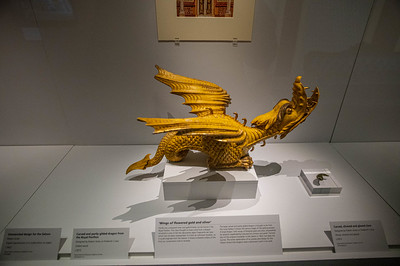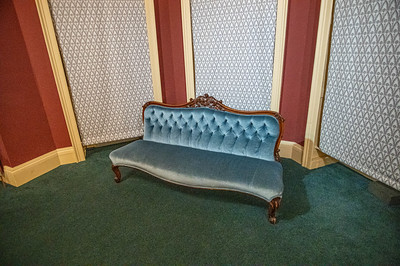About Brighton Pavilion
The Royal Pavilion, and surrounding gardens, also known as the Brighton Pavilion, is a Grade I listed former royal residence located in Brighton, England. Beginning in 1787, it was built in three stages as a seaside retreat for George, Prince of Wales, who became the Prince Regent in 1811, and King George IV in 1820. It is built in the Indo-Saracenic style prevalent in India for most of the 19th century. The current appearance of the Pavilion, with its domes and minarets, is the work of architect John Nash, who extended the building starting in 1815. George IV's successors William IV, and Victoria, also used the Pavilion, but Queen Victoria decided that Osborne House should be the royal seaside retreat, and the Pavilion was sold to the city of Brighton in 1850.
The Prince of Wales, who later became George IV, first visited Brighton in 1783, at the age of 21. The seaside town had become fashionable as a result of the residence of George's uncle, Prince Henry, Duke of Cumberland, whose tastes for fine cuisine, gambling, the theatre, and general fast living the young prince shared, and with whom he lodged in Brighton at Grove House. In addition, the Prince of Wales was advised by his physician that the seawater and fresh air would be beneficial for his gout.
In 1787, the Prince commissioned the designer of Carlton House, Henry Holland, to enlarge the existing building. It became one wing of the Marine Pavilion, flanking a central rotunda, which contained three main rooms: a breakfast room, dining room, and library, fitted out in Holland's French-influenced neoclassical style, with decorative paintings by Biagio Rebecca. In 1801–02, the Pavilion was enlarged with a new dining room and conservatory, to designs of Peter Frederick Robinson, who worked in Holland's office. The Prince also purchased land surrounding the property, on which a grand riding school and stables were built in an Indian style in 1803–08, to designs by William Porden, along with a famous onion garden to feed the Prince's well-known addiction. These provided stabling for 60 horses and dwarfed the Marine Pavilion.
Between 1815 and 1822, the designer John Nash redesigned and greatly extended the Pavilion, and it is his work that is still visible today. The palace is striking in the middle of Brighton, for its unique Indo-Islamic exterior. The fanciful interior design, primarily by Frederick Crace and the little-known decorative painter Robert Jones, was heavily influenced by both Chinese and Indian fashion (with Mughal and Islamic architectural elements). It is a prime example of the exoticism that was an alternative to more classicising mainstream taste in the Regency style.
en.wikipedia.org
